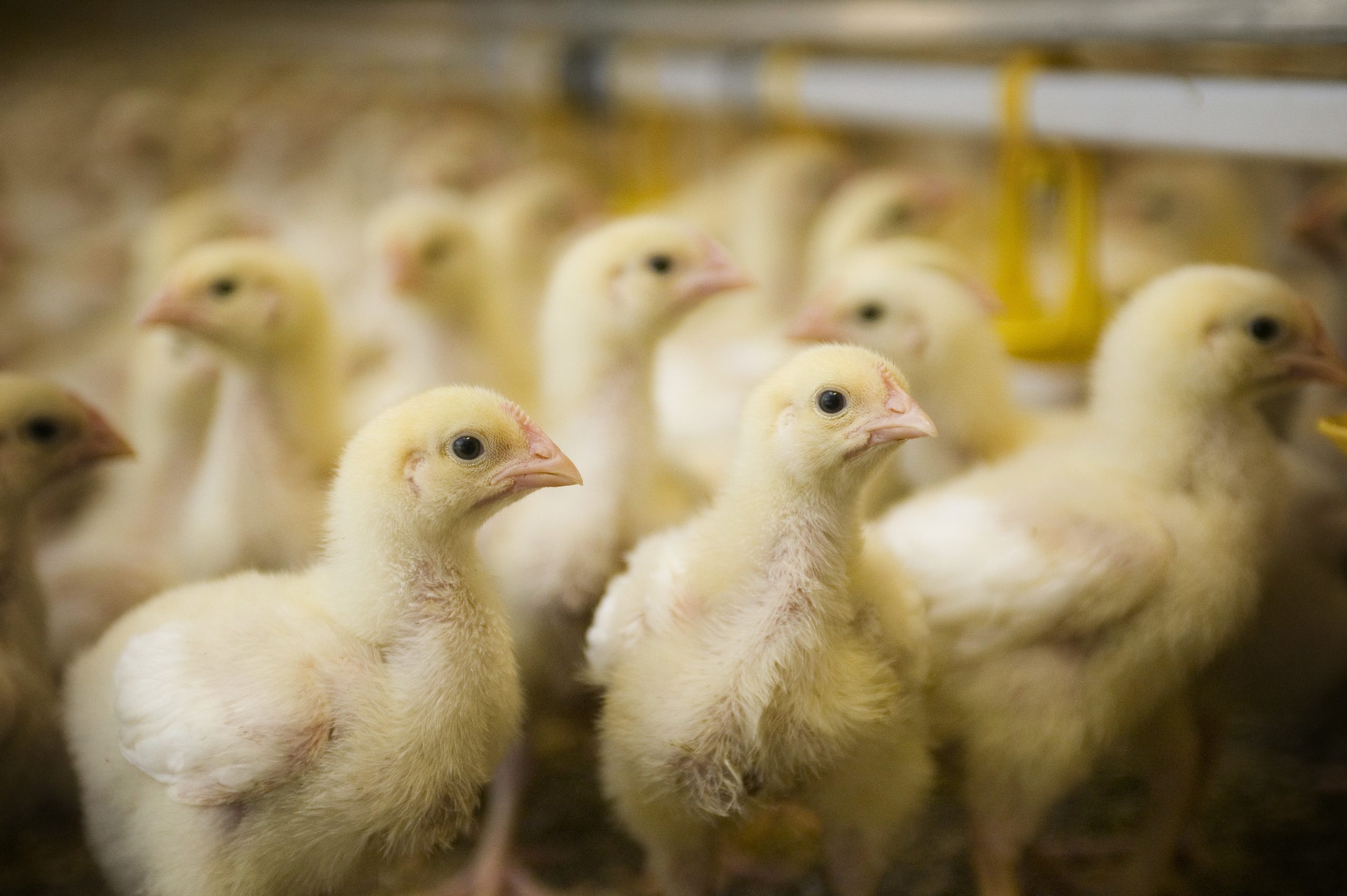High-carotenoid maize instead of pigments

High-carotenoid maize can be a suitable alternative to adding pigments to the feed. This is also cheaper because maize is already part of the diet, a group of Spanish researchers concluded.
Skin colour is the first quality attribute of poultry meat that is evaluated by consumers. A golden skin colour is preferred by consumers, especially in North America and the Asia-Pacific markets, because this is associated with a normal state of health. Skin pigmentation is affected by genotype, the quantity and dietary source of pigments, and the health of the birds, among other factors. However, chickens, like most other animals, must obtain carotenoids from their diet because they cannot synthesize them naturally. Therefore, synthetic or natural carotenoids are therefore routinely added to feed formulations.
Effect of high-carotenoid maize
But pigments are expensive and hence increase the production costs. Researchers in Spain therefore wanted to study if certain crops, already used routinely in feed formulations, offer an alternative cost-effective strategy to replace colour additives if they are biofortified with sufficient levels of carotenoids. The research team tested the hypothesis that high-carotenoid (HC) maize, which was genetically engineered to accumulate high levels of β‐carotene, lutein and zeaxanthin in the endosperm, can replace carotenoid additives in poultry feed by performing two feeding trials using diets incorporating different maize lines with diverse carotenoid compositions: control (wild-type M37W, the parental line), HC, and standard yellow commercial maize supplemented with colour additives (marigold flowers and red paprika extracts).
A cost-effective alternative
The effects of dietary treatments on growth performance, health parameters, colour evolution and carotenoid distribution were determined. It was found that high-carotenoid maize had no adverse effects on poultry, and the birds fed on the HC diet developed similar pigmentation to those fed on the commercial diet supplemented with colour additives, although the latter had greater yellowness values due to the high levels of lutein in the feed. The researchers conclude that HC maize is a suitable cost-effective alternative to colour additives in the poultry production industry.
Source: High-carotenoid biofortified maize is an alternative to colour additives in poultry feed, Animal Feed Science and Technology.











